Pygmalion Karatzas presents the Integral Lens series: Thibault Roland
Thibault is originally from France and currently based in Boston MA, USA. He was trained in Physics and worked as a researcher at Cornell and Harvard University, where he studied fundamental biological mechanisms using optics and microscopy. He has been photographing for most of his life and developed his original style and art during his travels to numerous countries throughout Europe, North America and Africa. His strong scientific background pushed him to develop a fascination for light, how it interacts with materials, bounces off surfaces, as well as for the notion of time, and how it can be integrated and depicted in still images.
It is therefore natural that he developed a passion for long exposure techniques and specializes in seascape, landscape and architecture photography. Thibault`s work has been awarded internationally by recognized fine art organizations such as the International Photography Awards and the Prix de le Photographie de Paris. His work has been published by international magazines and organizations such as Chasseur d`Images (Fr), Landscape Photography Magazine (UK), CameraPixo (US), Plus One Collection (book), Adore Noir Magazine (US), The Municipal Art Society of New York (US). He is a Sony Artisan of Imagery and a featured artist of Formatt-Hitech and SmugMug.
Pygmalion Karatzas: Could you tell us a bit about your background and how did you start being involved in photography?
Thibault Roland: I am a scientist, more precisely a physicist by training. I currently work at Harvard University as a researcher and during my studies, I learned a lot about optics and always enjoyed thinking about how lenses can capture light in order to form and capture images in a microscope or a camera. Even before college, I started traveling to many countries in Europe, North Africa and Asia, and photography was a way then to document my travels, my life as well as family`s events. It is only fairly recently (about 5 years ago) that I got very serious about photography and even more recently that I realized Fine Art photography really is what drives me.
PK: Could you describe your overall photographic vision and approach?
TR: Before even capturing a new photograph, I will start with creating it in my mind, building a black and white image from the ground up, using what I see in color as a canvas. When I`m in the field, I look for details, strong leading lines, interesting shapes or textures that will resonate in me, and that I know will make for great subjects and compositions. I love to create images from details, situations or details that most people would dismiss as unimportant. It usually makes for the best images! When I have identified one such place, it`s time to take the camera out, and choose the right tools (lenses) and precise point of view, framing and composition to make the magic happen to create the image I had in mind. Sometimes it takes me 2 hours to get the shot, sometimes I keep coming back days after days in order to get what I want. I never settle for “good enough”, I need to capture what I imagined in my inner eye.
PK: What attracts you most in the architectural and urban subjects that you photograph?
TR: I love hunting for unconventional angles, framing and compositions. I love looking for great leading lines and making interesting juxtapositions of shapes and textures. In my architectural photography, I especially enjoy displaying environments devoid of humans, but giving hints of their presence. It makes for a completely unique perspectives, something that nobody has seen before.
PK: Which are some of the influences to your photographic work and in what ways have they affected you?
TR: My two main inspirations are Michael Kenna and Hiroshi Sugimoto. They are masters of black and white long exposure and/or minimalistic photography, and they have been a huge inspiration for me. They made me realize that as a Fine Art photographer, you don`t necessarily have to “document” what you`re seeing, but you need first and foremost to develop your artistic vision, and make it come to life. Some of the other photographers whose works have deeply resonated in me, even if completely different from the direction I chose, are: Théodore Blanc et Antoine Demilly, a pair of street photographers from Lyon, France, who worked together mostly in the first half of the XXth century, the famous editorial photographer Steve McCurry, and a few more such as Henri Cartier-Bresson, Eugène Atget, Robert Doisneau and Robert Capa.
PK: Which aspects of your work have remained consistent and which have evolved/changed over the years?
TR: I think one of the most important aspects of my work has been the care, precision, and demand I put in it. Of course, artistic vision makes the difference between photographers` work, but technique, dedication and efforts are the basis for making great photography and it shows. Every one of my images is the result of long hours of efforts in every single one aspect of photography, and this has been a constant effort of mine, an contentious effort that I have always had along this journey.
What has evolved over the years is my vision, and the level of precision that I demand in my work. For instance, my earlier architectural work focuses more on detail, whereas it now focuses more on the bigger picture, so to speak. I will tend to favor wider field of views, in order to open up my vision and the sense of immersion that I want to build on. Additionally, I have been using more and more tilt/shift lenses, which primarily allows for controlling perspectives in ways that will appear exotic to most: I would shift them in order to shoot “panoramas” and stitch them, and use the tilt in order to introduce blur in a very controlled way and precisely monitor the position of focus in the images. It`s a way for me to “focus” the eye of the viewer onto my subject, and to introcue mystery and dream in my pictures.
PK: What gear and post-processing do you use and what is their role in your creative process?
TR: I use all kinds of cameras and lenses, but for my actual work I only use a Sony mirrorless system. It is compact and lets me use the best lenses from each manufacturer on it. Which means that for my landscape and architectural work, I use mostly tilt/shift lenses, and in particular the Canon 24mm TS-E. These lenses have opened up an entirely new world of possibilities. Like it mentioned before, by shifting the lens and stitching the images, the final pieces I get have a much larger field of view than initially available. On top of it, perspectives are controlled, and they let me introduce tilt, which means blur that allow me to precisely control the position of the focal plane.
Thanks to these amazing lenses, I can add an extra layer of freedom to my vision: I can build up mystery and dream, and construct, frame and compose my images in an entirely new and different way, a way that makes my work stand out.
PK: Could you tell us a few words about your series ‘Blinding Silence’, ‘Urban Myths’ and ‘Hope’ that we are featuring here?
TR: Urban Myths and Blinding Silence are two architectural series that have been years in the making. Urban Myths shows earlier works and is a reflection of how our architectural environment can appear menacing, mysterious and strange. It is aimed at showing how wherever we turn, we can find life-like mythological “monsters” of the past, and how we can feel like Ulysses navigating the seas in search for home, finding only new challenges and dangers. Almost in opposite, Blinding Silence is a much brighter series.
The skies aren`t as dark, the subjects more open, not as focused on architectural details, more on the “big picture”. But most of these images have been shot using some tilt, meaning that I introduced blur in them in order to keep the viewer off-balanced, in a sense of mystery and tension, as well as to help him “read” the image in a different way, by focusing his interest to specific parts of the image. Hope is a series I developed with the purpose to create a sense of atmosphere, depth and presence. I wanted to share powerful images that blur the line between land, sea, time and space.Lighthouses are beacons to those at sea and outposts that separate solid land from the ever changing and menacing sea.
They evoke security, stability and safety. Photographing these iconic structures with the long exposure technique, I want to magnify both the purpose and power of these structures. By introducing tilt, therefore blur, in my imagery my goal is to deepen the relationship of the lighthouses with their surroundings and the men and women that depend on them to return home safely: they stay strong, clear and sharp while surrounded by a blurred, pictorial earth which shows the danger that surround them and the passage of time at sea.
Cover photo: Cyclops. Study #2 of the Maria Stata Centre at the Massachusetts Institute of Technology, Cambridge MA, USA 2013. © Thibault Roland
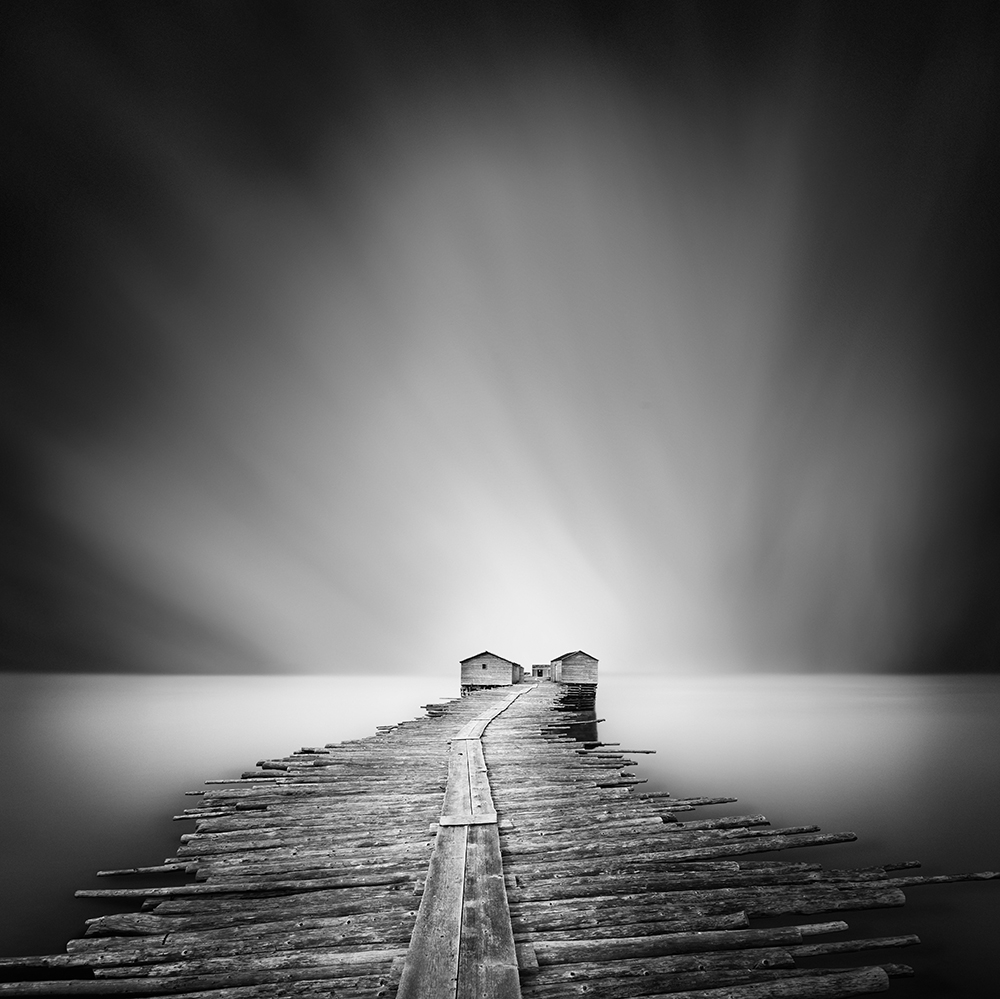 A DIFFERENT PATH. TWILLINGATE, NEWFOUNDLAND, CANADA, 2011. (C) THIBAULT ROLAND
A DIFFERENT PATH. TWILLINGATE, NEWFOUNDLAND, CANADA, 2011. (C) THIBAULT ROLAND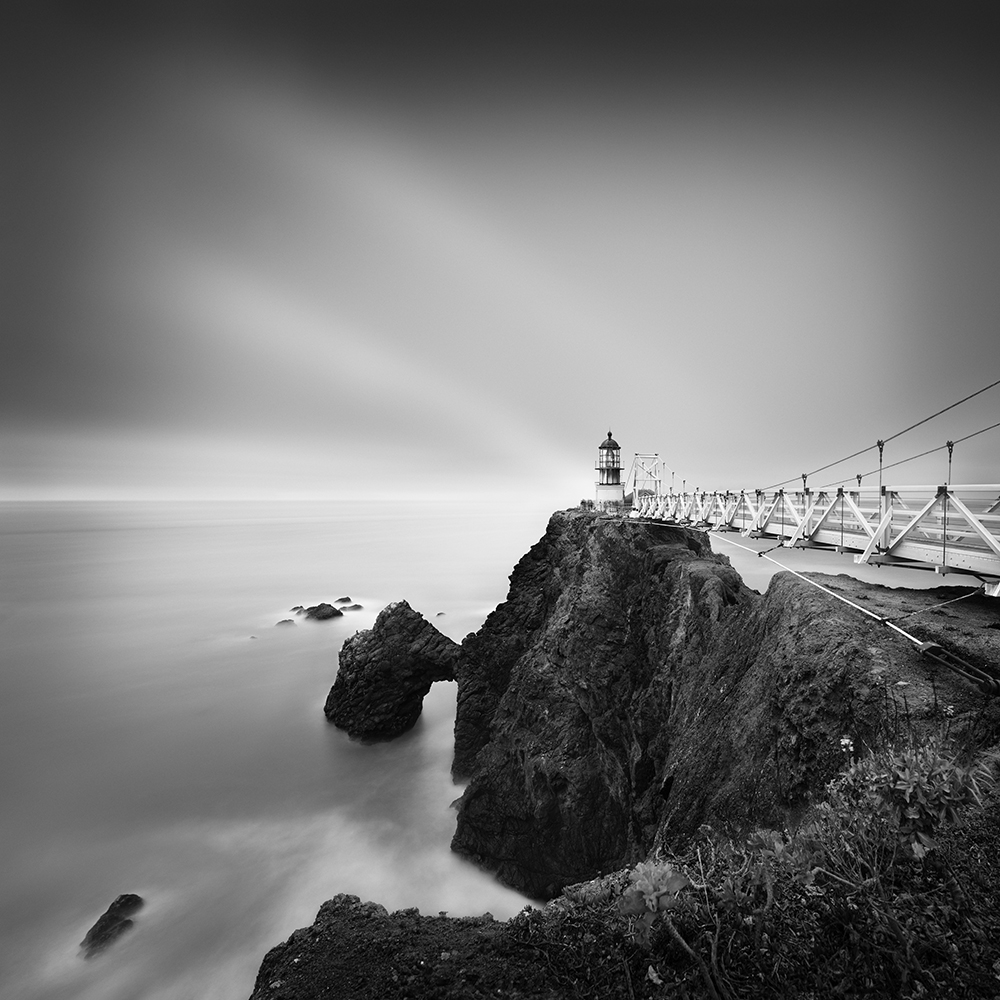 POINT BONITA LIGHTHOUSE – THE ARCH. STUDY #1 OF POINT BONITA, SAN FRANCISCO, CALIFORNIA, USA 2014. (C) THIBAULT ROLAND
POINT BONITA LIGHTHOUSE – THE ARCH. STUDY #1 OF POINT BONITA, SAN FRANCISCO, CALIFORNIA, USA 2014. (C) THIBAULT ROLAND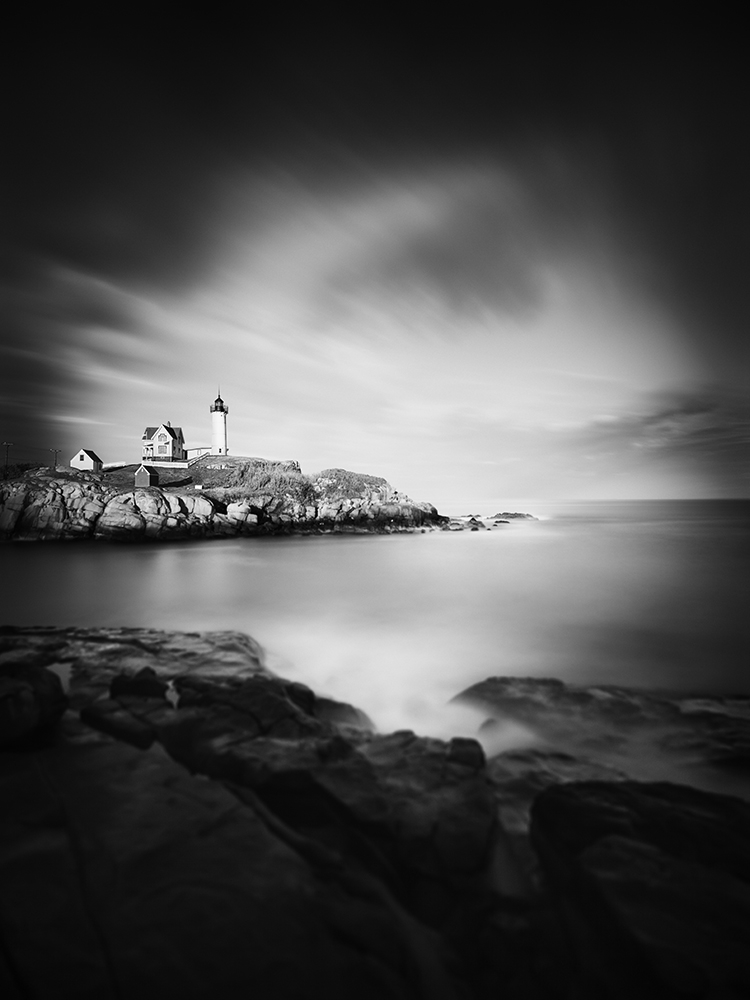 NUBBLE LIGHT – CAPE NEDDICK LIGHTHOUSE. CAPE NEDDICK LIGHTHOUSE, YORK MAINE, USA 2014. (C) THIBAULT ROLAND
NUBBLE LIGHT – CAPE NEDDICK LIGHTHOUSE. CAPE NEDDICK LIGHTHOUSE, YORK MAINE, USA 2014. (C) THIBAULT ROLAND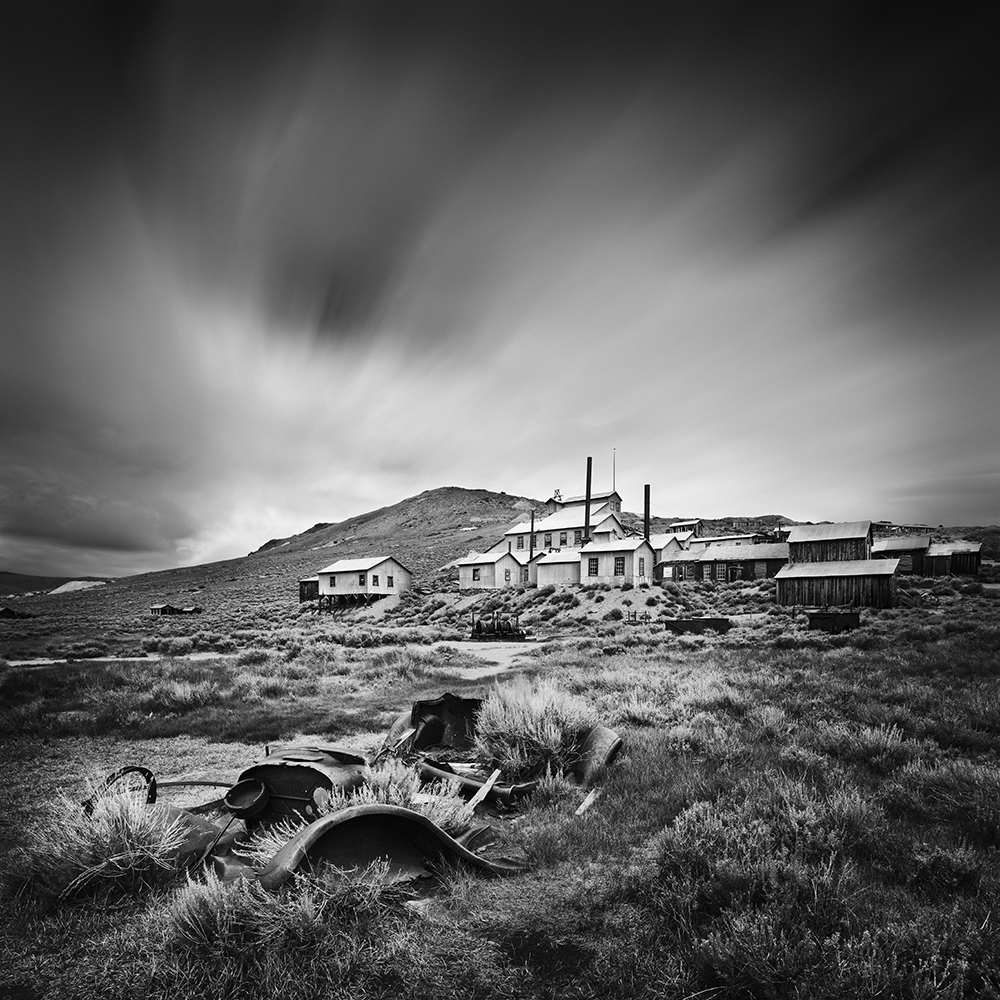 CAR FACTORY – BODIE GHOST TOWN STUDY #3. MONO COUNTY, CALIFORNIA, USA 2014. (C) THIBAULT ROLAND
CAR FACTORY – BODIE GHOST TOWN STUDY #3. MONO COUNTY, CALIFORNIA, USA 2014. (C) THIBAULT ROLAND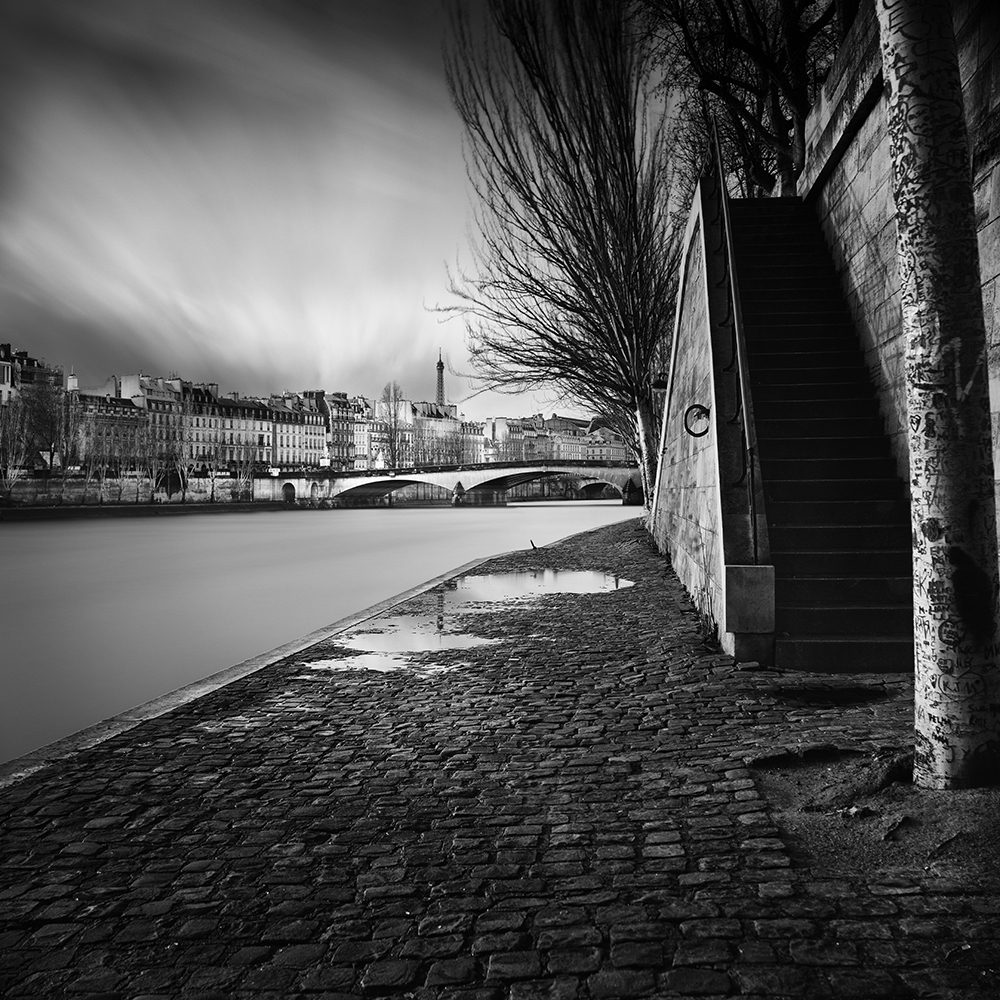 EIFFEL TOWER & SEINE RIVER. STUDY OF THE SEINE RIVER BANKS – PARIS, FRANCE 2015. (C) THIBAULT ROLAND
EIFFEL TOWER & SEINE RIVER. STUDY OF THE SEINE RIVER BANKS – PARIS, FRANCE 2015. (C) THIBAULT ROLAND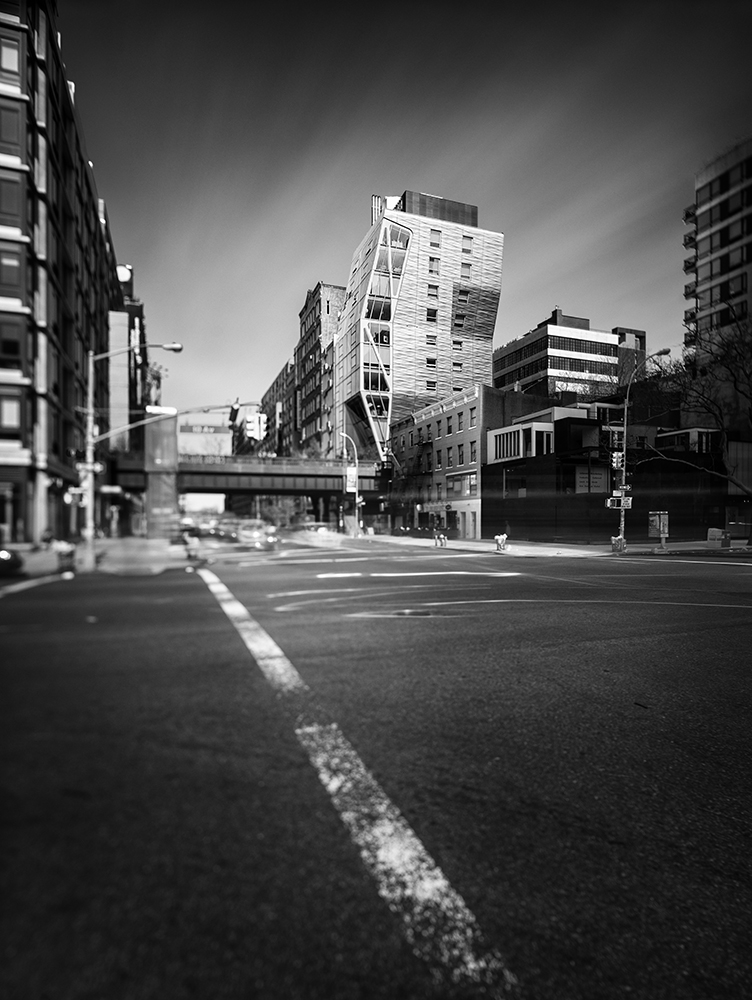 HIGHLINE 23. HIGHLINE 23 BUILDING, NEW YORK CITY, NY, USA, 2015. (C) THIBAULT ROLAND
HIGHLINE 23. HIGHLINE 23 BUILDING, NEW YORK CITY, NY, USA, 2015. (C) THIBAULT ROLAND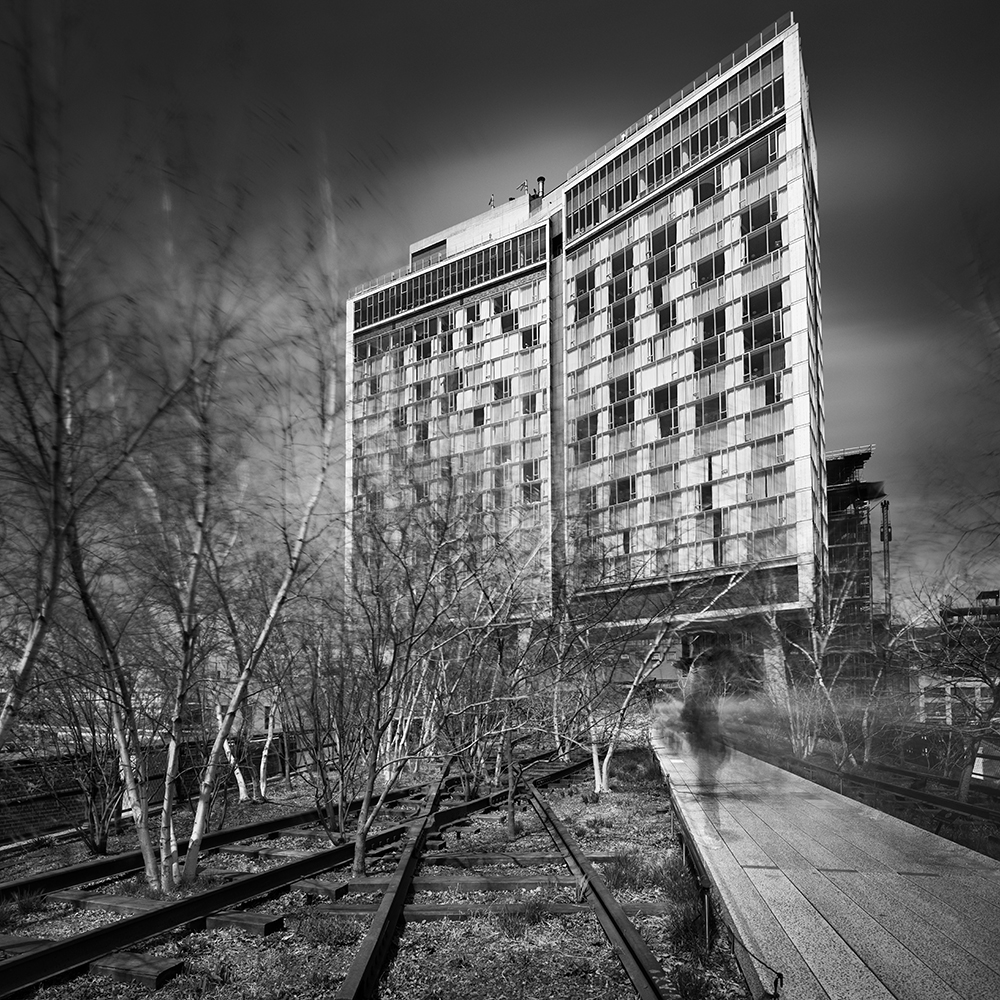 HIGHLINE GHOSTS. THE STANDARD HOTEL, NEW YORK CITY, NY, USA, 2015. (C) THIBAULT ROLAND
HIGHLINE GHOSTS. THE STANDARD HOTEL, NEW YORK CITY, NY, USA, 2015. (C) THIBAULT ROLAND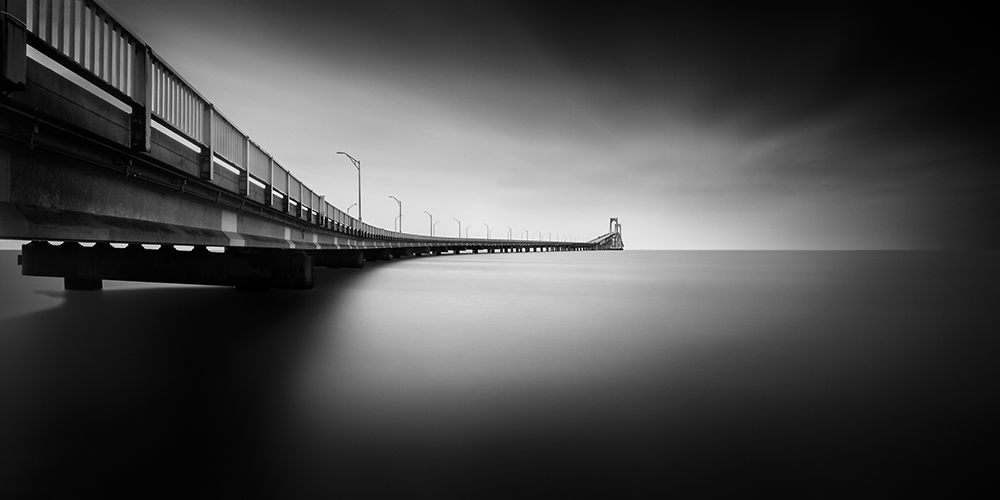 NEWPORT BRIDGE. NEWPORT, RHODE ISLAND, USA, 2014. (C) THIBAULT ROLAND
NEWPORT BRIDGE. NEWPORT, RHODE ISLAND, USA, 2014. (C) THIBAULT ROLAND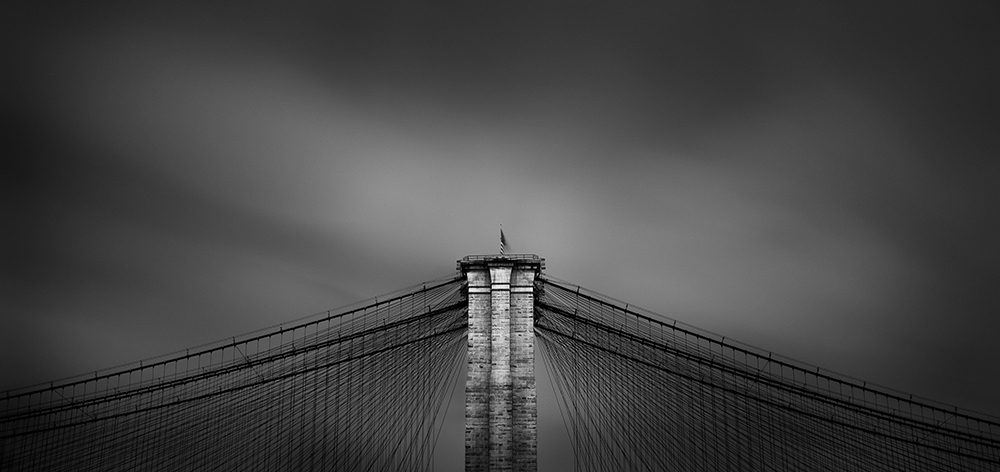 BROOKLYN BRIDGE WIRES. BROOKLYN BRIDGE, NEW YORK CITY, NY, USA, 2015. (C) THIBAULT ROLAND
BROOKLYN BRIDGE WIRES. BROOKLYN BRIDGE, NEW YORK CITY, NY, USA, 2015. (C) THIBAULT ROLAND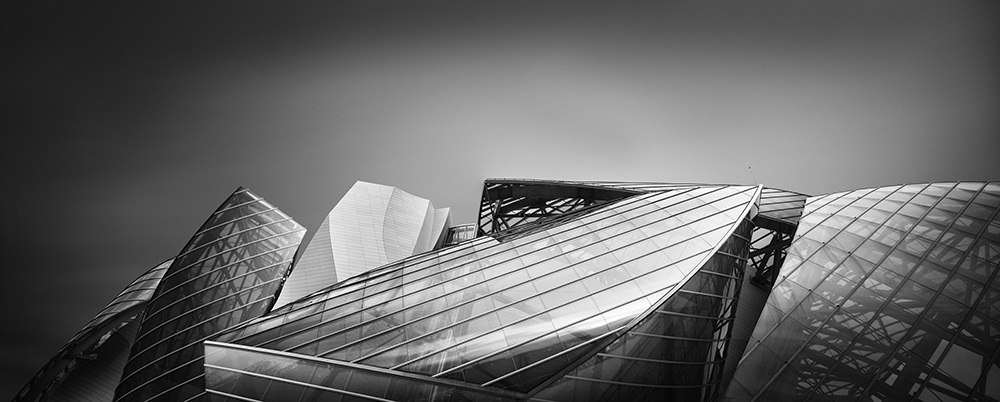 VESSEL. LVF, PARIS, FRANCE, 2015. (C) THIBAULT ROLAND
VESSEL. LVF, PARIS, FRANCE, 2015. (C) THIBAULT ROLAND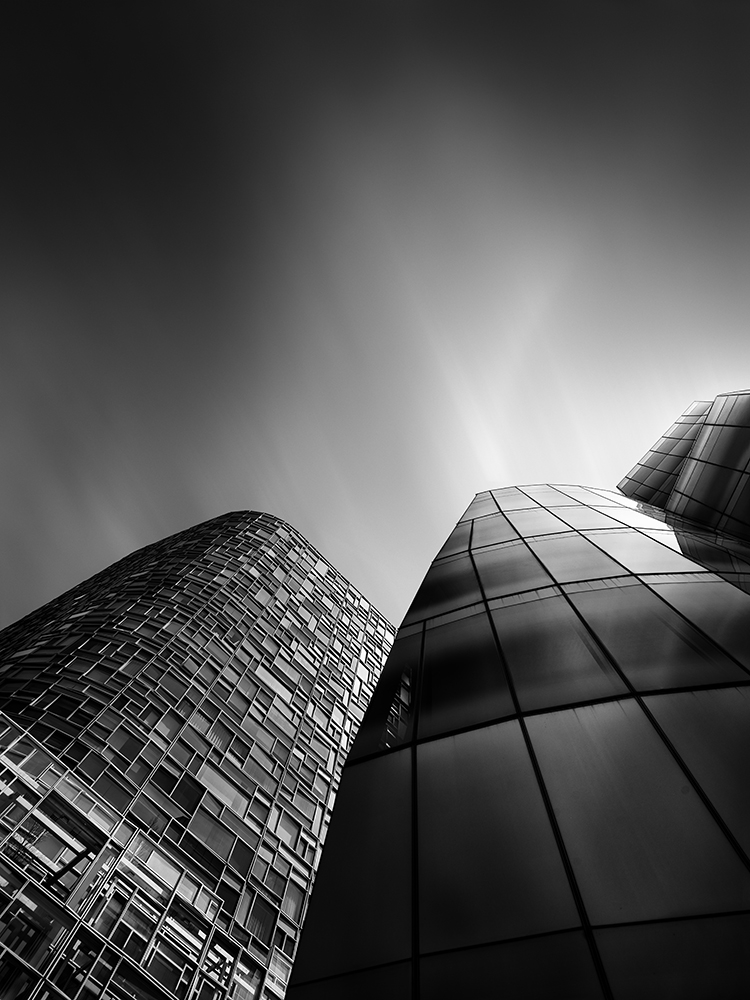 STANDING STONES. IAC BUILDING BY FRANK GEHRY, NEW YORK CITY, NY, USA, 2015. (C) THIBAULT ROLAND
STANDING STONES. IAC BUILDING BY FRANK GEHRY, NEW YORK CITY, NY, USA, 2015. (C) THIBAULT ROLAND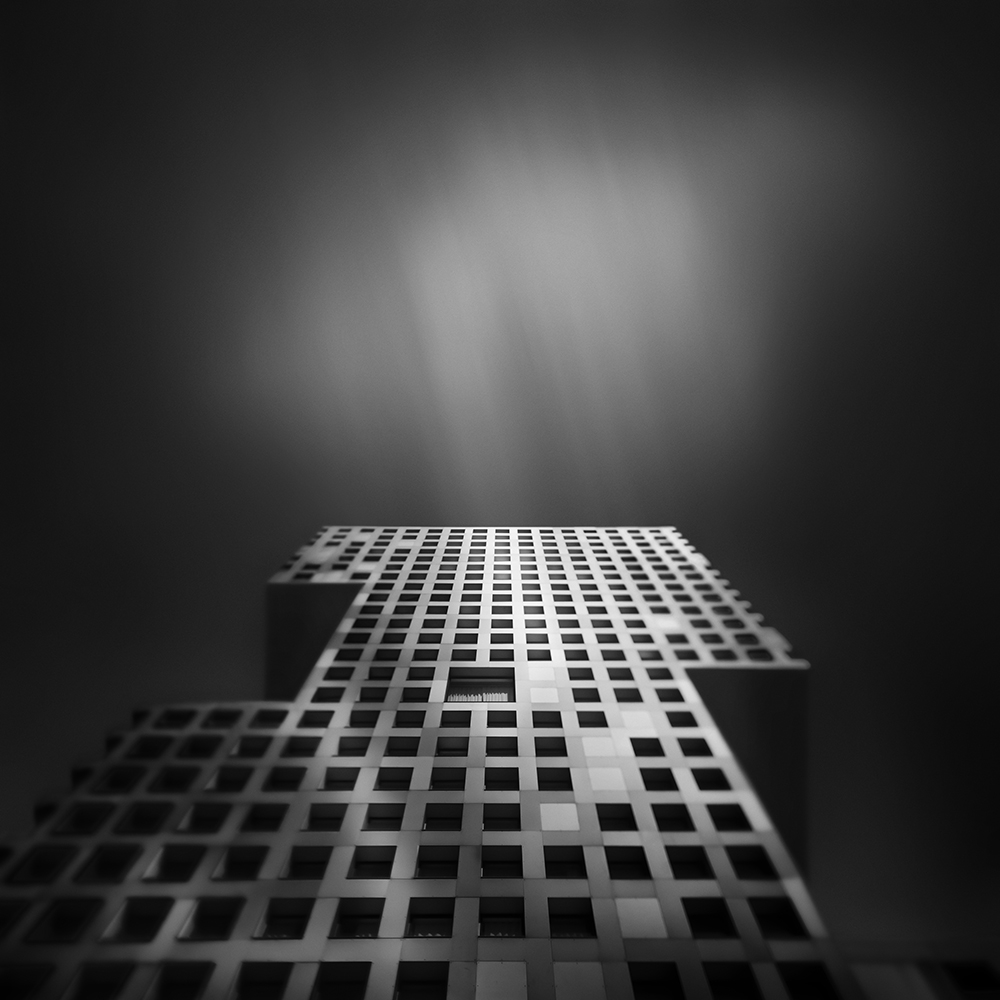 CHESSBOARD. MIT SIMONS HALL, CAMBRIDGE, MA, USA, 2014. (C) THIBAULT ROLAND
CHESSBOARD. MIT SIMONS HALL, CAMBRIDGE, MA, USA, 2014. (C) THIBAULT ROLAND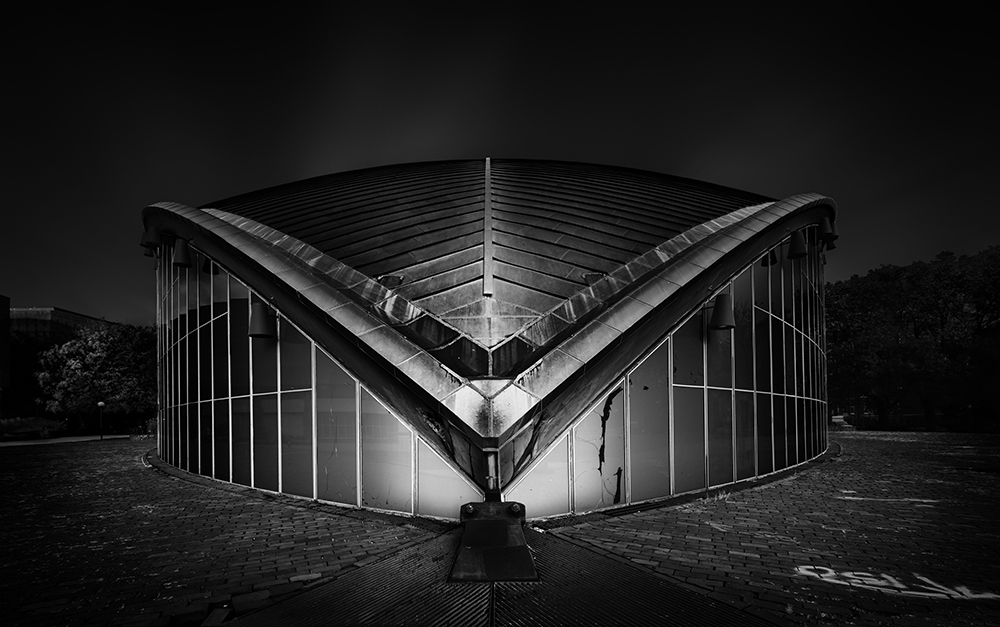 AUDITORIUM. MASSACHUSETTS INSTITUTE OF TECHNOLOGY, CAMBRIDGE MA, USA 2014. (C) THIBAULT ROLAND
AUDITORIUM. MASSACHUSETTS INSTITUTE OF TECHNOLOGY, CAMBRIDGE MA, USA 2014. (C) THIBAULT ROLAND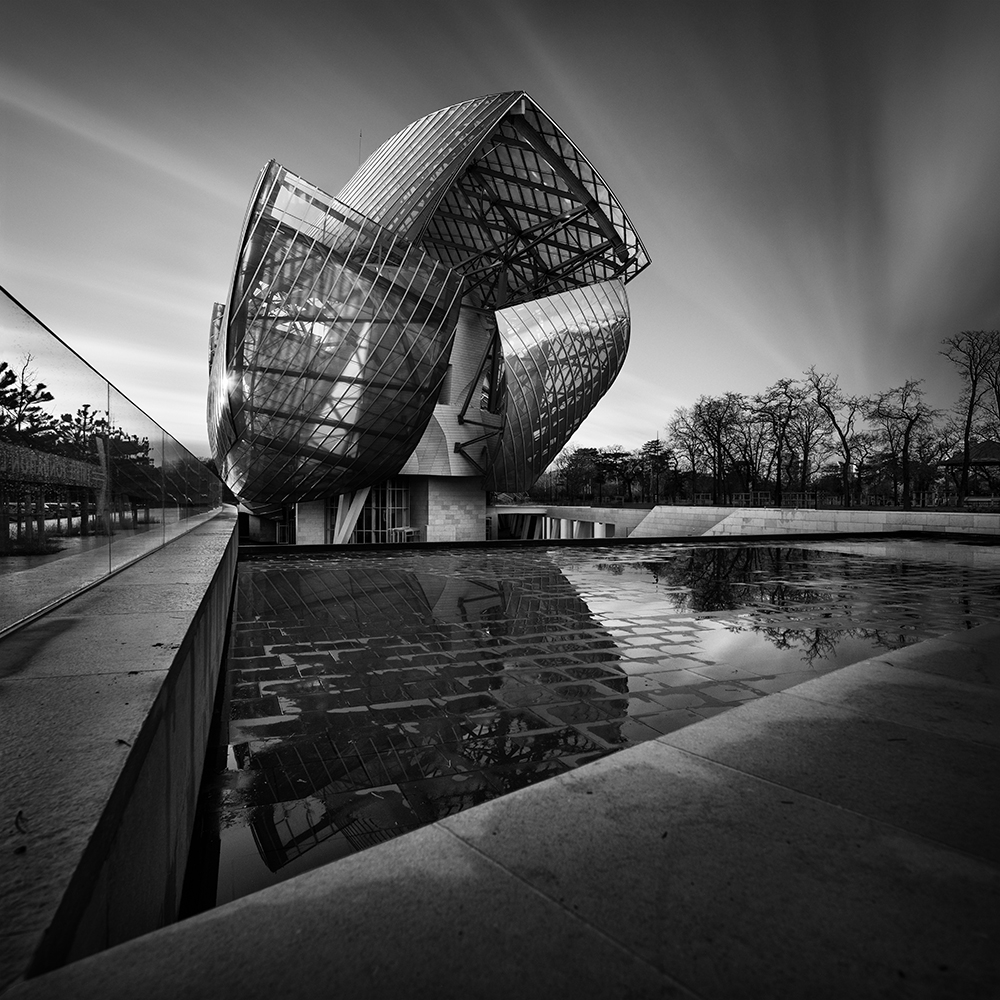 FACETS. LVF, PARIS, FRANCE, 2015. (C) THIBAULT ROLAND
FACETS. LVF, PARIS, FRANCE, 2015. (C) THIBAULT ROLAND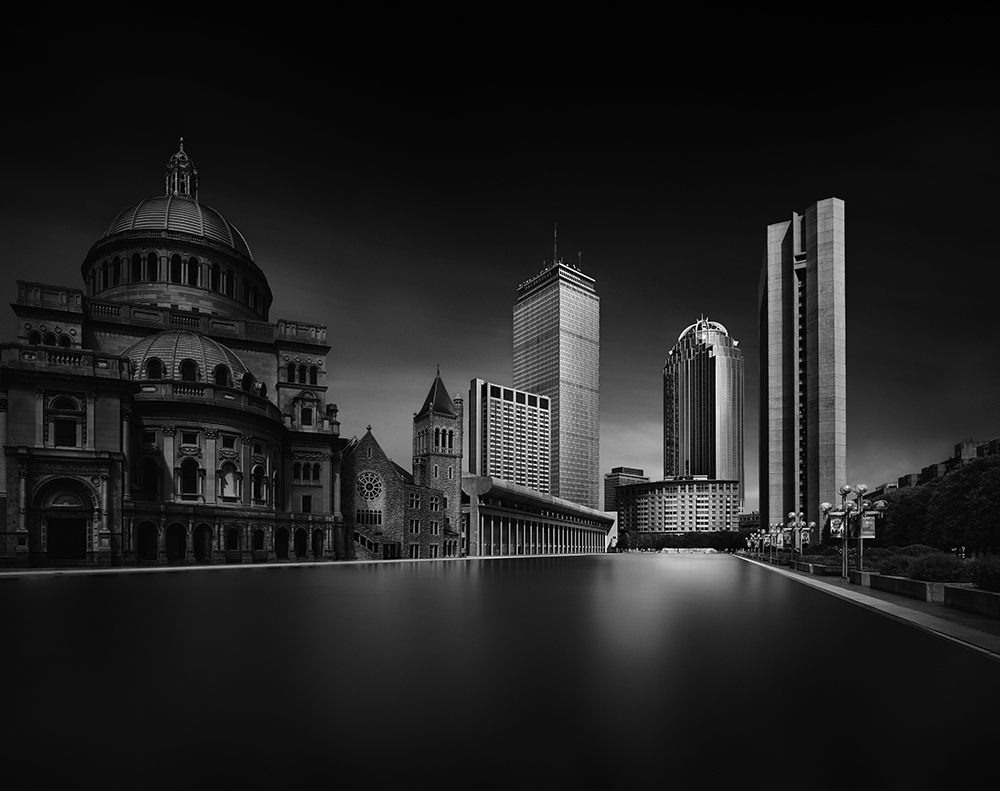 PRUDENTIAL. STUDY #1 OF THE PRUDENTIAL CENTER VIEWED FROM THE CHRISTIAN SCIENCE CENTER, BOSTON MA, USA 2014. (C) THIBAULT ROLAND
PRUDENTIAL. STUDY #1 OF THE PRUDENTIAL CENTER VIEWED FROM THE CHRISTIAN SCIENCE CENTER, BOSTON MA, USA 2014. (C) THIBAULT ROLANDREAD ALSO: PYGMALION KARATZAS' NORTIGO PHOTOGRAPHY SERIES LOOKS UPWARDS